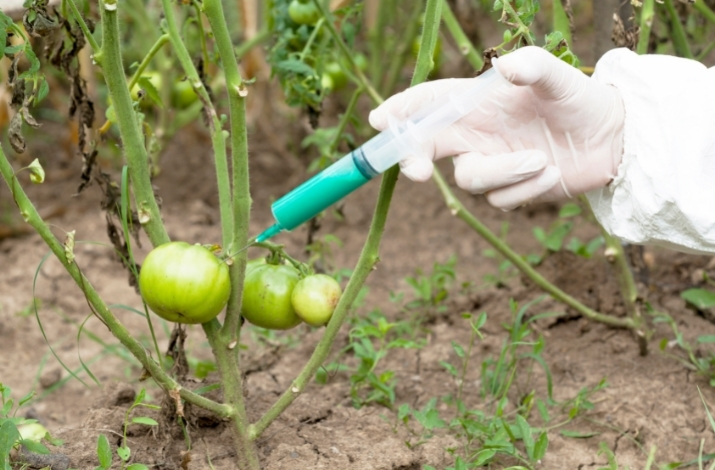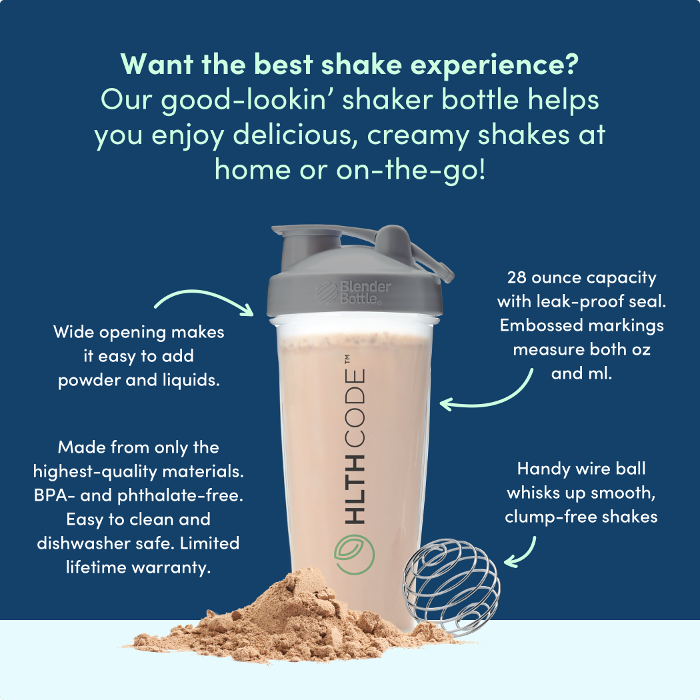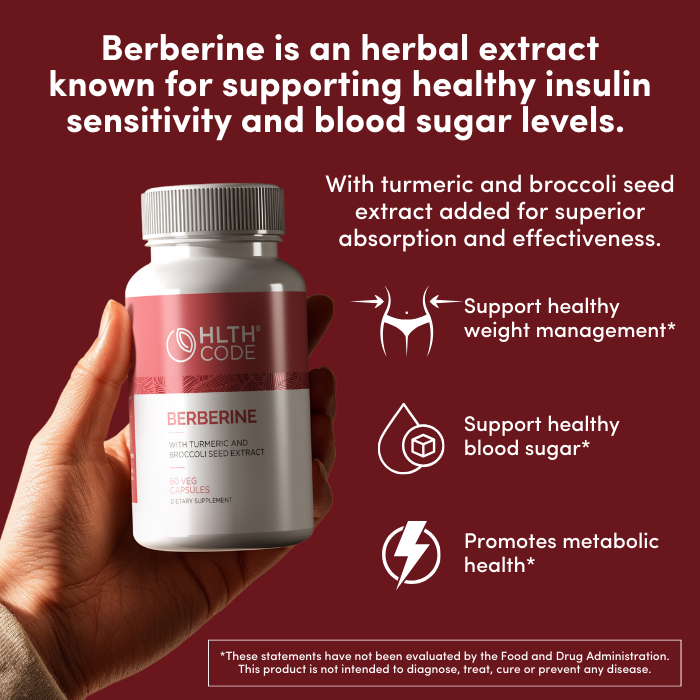Our Food is Changing

Our Food is Changing
It’s no secret that our food isn’t the same as it was 100 years ago. Our food is changing at a rapid rate. Nutrient analysis and testing has come a long way, and through this process we can see that the same foods just don’t contain the same nutrients as they once did. This is problematic in a nation already struggling with health due to lack of nutrition. It’s hard to imagine that our “healthy” foods are becoming less nutritious, yet even the USDA recommendations demonstrate the need for more nutrient dense foods. In 1995, adults were recommended to have five (5) to seven (7) servings a day for fruit and vegetables. Today’s recommendations are higher at seven (7) to thirteen (13) servings. Let’s explore some of the reasons this is occurring, its health effects, and some practical steps we can take.
Nutrient Decline
Arguably one of the largest and most prominent studies on this topic comes from a research team at the University of Texas at Austin’s Department of Chemistry and Biochemistry which was published in 2004 in the Journal American College of Nutrition. This study focused on data from 43 different fruits and vegetables from 1950 all the way until 1999, and found that, “Over the last 50 years, the amounts of protein, calcium, phosphorus, iron, riboflavin and vitamin C in conventionally grown fresh fruits and vegetables have declined significantly.” [1] Another staple crop that’s in decline is wheat, as examples have shown a significant decrease in zinc, iron, copper, and magnesium post 1960’s. [2]
Why It’s Happening
One of the largest contributors to declining nutrition density is soil depletion. [3] In order to keep up with the demands of food, intensive agricultural methods have depleted the soil from which these plants grow. The higher rates of fertilizer use and irrigation give us larger crops, but can compromise the integrity of the nutrients in the crop. [4] This effect is described as “environmental dilution”.
However, this isn’t the only thing impacting our food. According to several studies of vegetables, grains, and fruits, the decline in nutrition is a bit more complex than just soil depletion in agriculture over time. The use of chemicals like herbicides and fertilizers, farming methods, and changes in cultivated varieties are all playing a part in this decline. Cultivated varieties are plants selected for certain characteristics (i.e larger or sweeter fruit). This genetic dilution can be seen as plant breeders are breeding “better” and “improved” crops with higher yields, yet the nutrient density in them are declining.[4]
Lastly, the nutrients in food are lost through non-local farming as food is often picked, packaged and shipped days (or even weeks) before consumption. A study from the University of California at Davis found up to a 77% loss of vitamin C in vegetables a week after being harvested. [5] In fact, spinach was found to potentially lose up to 90% of its vitamin C within 24 hours of being harvested. [6]
What about meat?
Meat, organ meats, fish and other seafood are some of the most nutrient-dense foods on the planet according to the Maillot study. [7] Meat and animal protein contain all nine essential amino acids that are crucial for optimal body functioning. Dr. Mat Lalonde from Harvard University used a scale to label the level of nutrient density of foods and it’s very easy to see animal products score well. [8] When discussing meat, organ meats, fish and other seafood, it’s important to understand the word “bioavailability”. Bioavailability is the amount of nutrients in the food that is properly absorbed and available in the bloodstream for use. A good example of this is the amount of calcium absorbed from spinach vs. a cup of milk. Sixteen cups of spinach equals the same amount of bioavailable calcium as one cup of milk. [9] Another example is the amount of iron available in meat vs. plants. Heme iron found in meat, organ meat, fish and other seafood is very well absorbed and bioavailable vs. non-heme iron found in plants. [10] Lastly, it’s important to note the incredible nutrient density of organ meats. These foods were highly prized by our ancestors and are packed with nutrients like B12, folate, copper, vitamin A, riboflavin and many other essential nutrients. [11]
Take Action
It’s important to note that our diet should still have the heaviest emphasis on real, whole foods – eating less refined starches and fats should always take precedence. There are several ways you can help preserve the integrity of your food. Growing and harvesting your own food would be a great way to have fresh fruits and vegetables with higher nutrient density. The process of growing your own food can be a consuming task, so for most, the best option is buying organic produce grown by local farmers and freshly picked. Check out your local farmer’s market or co-op and buy most of your produce there. Another way you can preserve the nutrient density is to limit processing before consumption. The more you alter a food from its natural state, the more nutrients are lost. Lastly, advocating for sustainable agriculture practices is a great way to help preserve the integrity of our food for years to come!
Resources
- The Declining Nutrient Value of Food. (n.d.). Retrieved from https://bionutrient.org/site/news/declining-nutrient-value-food#:~:text=Environmental Dilution Effects.&text=Nitrogen in particular is difficult,that have lower nutrient density.
- Mayer, A. (1997). Historical changes in the mineral content of fruits and vegetables. British Food Journal, 99(6), 207-211. doi:10.1108/00070709710181540
- Dirt Poor: Have Fruits and Vegetables Become Less Nutritious? (2011, April 27). Retrieved from https://www.scientificamerican.com/article/soil-depletion-and-nutrition-loss/
- The Declining Nutrient Value of Food. (n.d.). Retrieved from https://bionutrient.org/site/news/declining-nutrient-value-food#:~:text=Environmental Dilution Effects.&text=Nitrogen in particular is difficult,that have lower nutrient density.
- Rickman, J. C., Bruhn, C. M., & Barrett, D. M. (2007). Nutritional comparison of fresh, frozen, and canned fruits and vegetables II. Vitamin A and carotenoids, vitamin E, minerals and fiber. Journal of the Science of Food and Agriculture, 87(7), 1185-1196. doi:10.1002/jsfa.2824
- A. M. (n.d.). Storage time and temperature effects nutrients in spinach. Retrieved from https://news.psu.edu/story/211232/2005/03/18/storage-time-and-temperature-effects-nutrients-spinach
- Maillot M;Darmon N;Darmon M;Lafay L;Drewnowski A; “Nutrient-Dense Food Groups Have High Energy Costs: an Econometric Approach to Nutrient Profiling.” The Journal of Nutrition, U.S. National Library of Medicine, pubmed.ncbi.nlm.nih.gov/17585036/.
- AncestryFoundation. YouTube, YouTube, 9 Feb. 2013, www.youtube.com/watch?v=HwbY12qZcF4.
- Weaver, Connie M, et al. “Choices for Achieving Adequate Dietary Calcium with a Vegetarian Diet.” The American Journal of Clinical Nutrition, vol. 70, no. 3, 1999, doi:10.1093/ajcn/70.3.543s.
- Hurrell, Richard, and Ines Egli. “Iron Bioavailability and Dietary Reference Values.” The American Journal of Clinical Nutrition, vol. 91, no. 5, 2010, doi:10.3945/ajcn.2010.28674f.
- Coyle, Daisy. “Organ Meats Are Incredibly Nutritious and Healthy.” Healthline, Healthline Media, 20 Apr. 2017, www.healthline.com/nutrition/organ-meats.
This article is for informational and educational purposes only. It is not, nor is it intended to be substitute for professional medical advice, diagnosis, or treatment and should never be relied upon for specific medical advice.



















